Photographs: Rupak De Chowdhuri/Reuters Sushmi Dey in New Delhi
The rising regulatory hurdles for Indian pharmaceutical companies in the US could prove a blessing for American generic medicine manufacturers.
While leading Indian drug makers are increasingly facing enforcement action as well as reputational damage in the US because of quality concerns, companies such as Teva, Mylan, Watson, Sandoz and Valeant are gaining market share there.
Analysts and industry officials are pointing at the absence of enough competition as the primary trigger for the rise of American generic companies in the largest pharma market of the world.
Sources said many of these companies are even looking at creating a manufacturing base in India, by way of mergers and acquisitions, to sell products in the US.
. . .
US generics benefit from pharma see-saw
Image: Indian companies, with their low-cost manufacturing base and chemistry skills, play a key role in keeping the prices of medicines low in the American market.Photographs: Reuters
While this will allow them a cost advantage, less competition in the US will enable them to raise product prices.
While Mylan recently acquired Strides Arcolab’s Bengaluru-based injectible manufacturing facility, Agila Specialities, others such as Teva and Watson are also reportedly eyeing buyouts in India.
“In the absence of competition from Indian firms, foreign generic manufacturers will not only gain market share but get a bigger advantage by earning more margins on products by escalating prices.
“As soon as the number of companies in a particular segment will reduce, the remaining players will get better negotiating powers,” said a senior official with a leading pharmaceutical company.
. . .
US generics benefit from pharma see-saw
Image: The total pharma market in the US is estimated at $350-360 billion, of which generic medicines account for at least 10 per cent.Photographs: Reuters
Indian companies, with their low-cost manufacturing base and chemistry skills, play a key role in keeping the prices of medicines low in the American market.
With their possible exit from some key product segments there, the market might have to witness significant price escalations, analysts said.
According to Praful Bohra, the pharma sector’s senior analyst at brokerage services firm Nirmal Bang, the trend is already evident in segments such as dermatology and injectibles where the prices of products are high because of lack of enough competition.
Mylan has said its acquisition of the injectible manufacturing facility is set to help the company’s push into low-cost versions of expensive biotechnology drugs, including insulin and blood-boosting treatments.
The total pharma market in the US is estimated at $350-360 billion, of which generic medicines account for at least 10 per cent.
. . .
US generics benefit from pharma see-saw
Image: Leading Indian companies such as Ranbaxy, Sun Pharma, Lupin, Dr Reddy's Laboratories, Cadila Healthcare and Glenmark command almost $5 bn of annual sales from the US.Photographs: Babu/Reuters
While American companies hold the largest share, India is currently the largest foreign supplier of generic medicines to the US.
Leading Indian companies such as Ranbaxy, Sun Pharma, Lupin, Dr Reddy’s Laboratories, Cadila Healthcare and Glenmark command almost $5 bn of annual sales from the US.
However, of late, Indian companies have started coming under the US regulatory scanner for violations and deviations, mainly in manufacturing practices.
Several facilities of Ranbaxy, Wockhardt and now Sun Pharma are facing a ban in the American market.
The number of product recalls and warning letters have also increased significantly in recent years.
. . .
US generics benefit from pharma see-saw
Image: For instance, as many as 20 domestic manufacturing facilities faced a ban from the American market in 2013, as against only two factories in 2012.Photographs: Jacky Naegelen/Reuters
For instance, as many as 20 domestic manufacturing facilities faced a ban from the American market in 2013, as against only two factories in 2012.
In the first three months of 2014, two major facilities, one of Ranbaxy and another of Sun Pharma, have received import alerts from the US Food and Drug Administration.
Drug war
- Total US pharma market is pegged at $350-360 bn
- US generic drug market is over $35 bn
- India is the biggest foreign supplier of medicines to the US
- India is home to over 200 US FDA approved drug manufacturing facilities, including many run by multinational companies
- Pharma exports from India to the US estimated at around $5 bn
- Teva, Mylan, Watson, Sandoz and others seen to gain in absence of adequate competition from Indian players
- India accounts for nearly 40% of generic drugs and over the counter products in the US

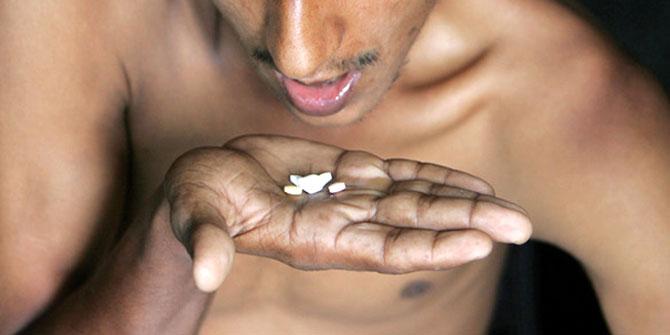
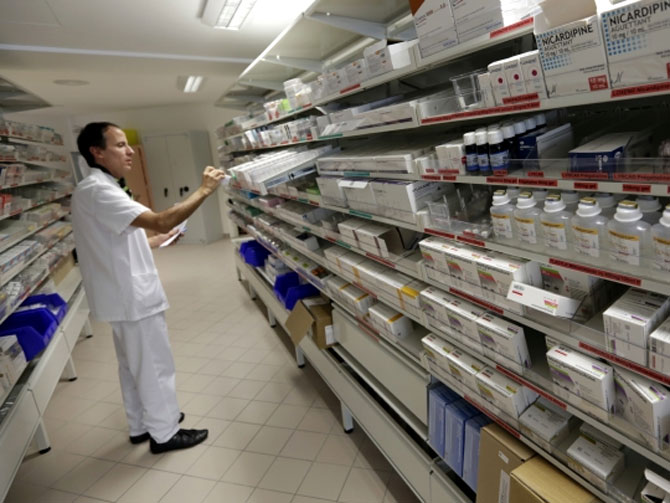
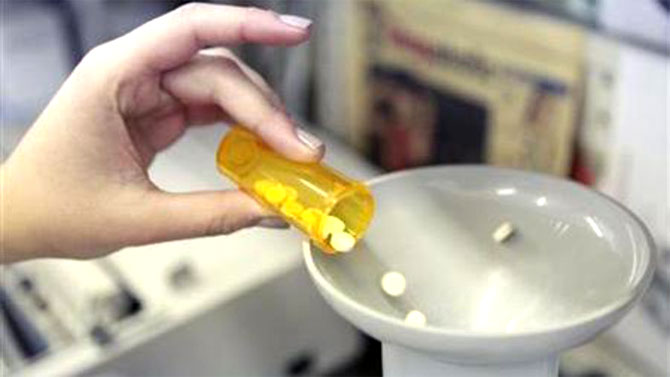
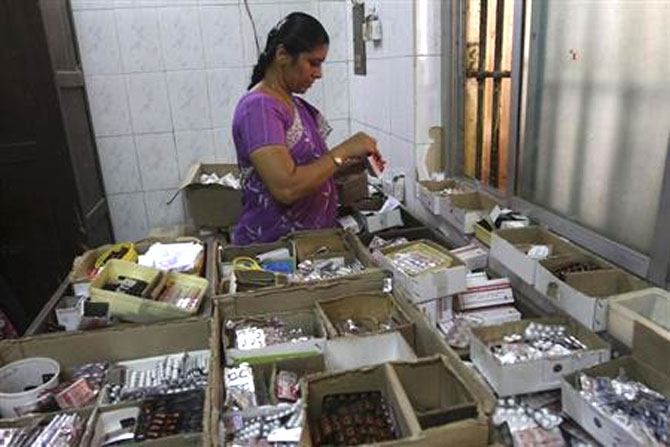
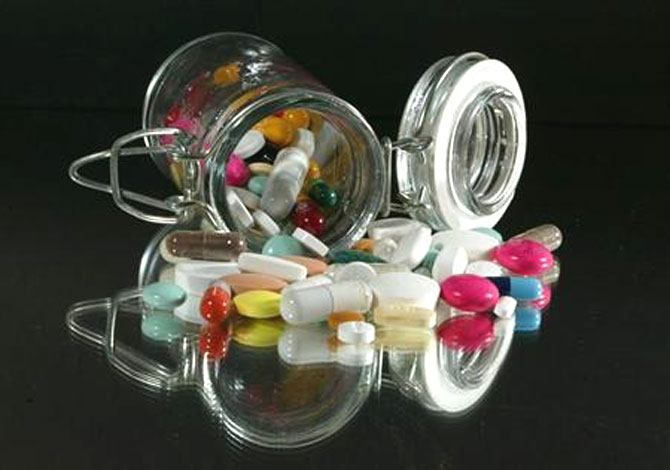

article